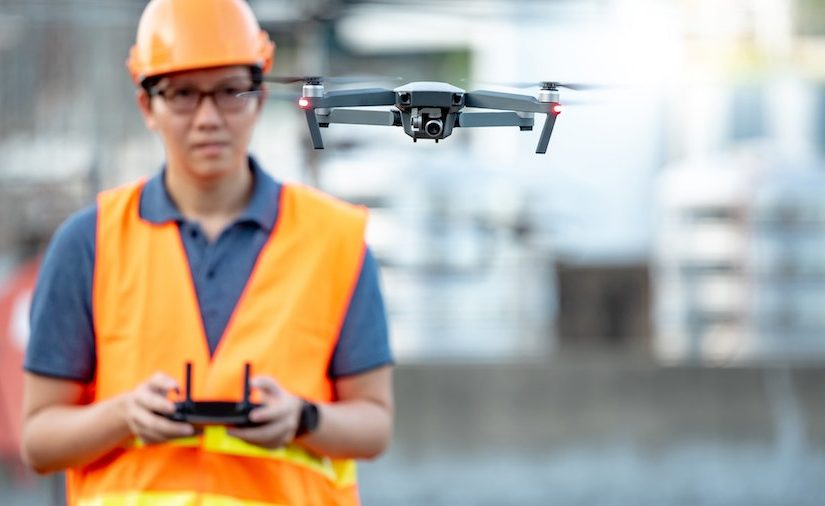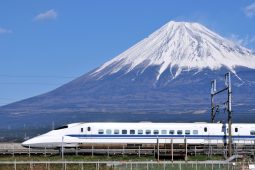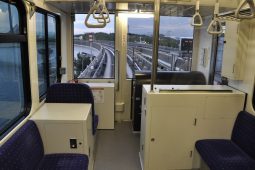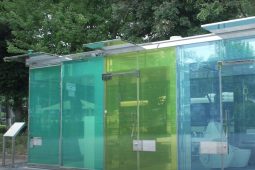Though once considered toys, drones have come to take on important roles such as transporting packages, inspecting buildings and searching for missing people. Recognized for being more manoeuvrable than automobiles, and able to easily reach places inaccessible to humans, they are now used in all sorts of industrial fields.
However, in environments where GPS-based positioning is impossible drone operation is difficult and their introduction has been slow. Even under such conditions there are now some cases where we are beginning to see drones utilized.
A Drone Using Automated Flight in Tunnels
Railway and highway tunnels have to be inspected regularly, as the interior concrete can degrade and fall, or equipment can fall off, either of which could lead to serious accidents. The tunnel must be checked visually by an inspector moving on foot, and in a long tunnel this means a lot of work.
If the inspection could be done with a flying drone, it would certainly make this work more efficient. However, GPS satellite signals cannot reach into a tunnel, so GPS cannot be used to control the flight.
To this end ZENRIN DataCom and Hokkaido Railway Company (JR Hokkaido) have developed a drone that can automatically fly in a tunnel without relying on GPS. They have conducted verification tests to check whether the drone could be used for tunnel inspections.
This drone understands the cross-sectional form of the tunnel interior from information received from its laser sensors and cameras and can thereby judge its own flight location. With this technology the drone can fly automatically through the tunnel according to a predetermined flight path. Then, an inspection can be conducted using pictures taken of the tunnel walls during the drone’s flight.
A future aim is to further automate the inspection process by having AI analyze the photographed images and detect any areas of damage.
A Drone for Inspecting Subway Tunnels
Tokyo Metro, which operates a subway system in Tokyo, has also begun using drones to inspect tunnels. However, unlike the case of JR Hokkaido, a worker will always operate the drone that is used for inspection purposes.
Because the flight is not automated, workers must accompany the drone. However, the visual inspection work of the tunnel is made much easier as it is no longer necessary to have a direct view of structures in high places or on the tunnel ceiling.
Tokyo Metro is also developing a drone with automated flight in collaboration with Hongo Aerospace. In order to fly in a tunnel without GPS, the drone utilizes features of the tunnel floor and walls which are extracted from images taken with a camera, and thereby understands how to position itself and how far to move. Using the same technology it can also avoid colliding with the tunnel walls.
A Drone for Managing a Library Collection
Drones are also being trialed for use in unexpected places, such as for inspecting a library collection. In a municipal library of Funabashi City, Chiba Prefecture, they plan to use Liberaware’s equipment inspection drone “IBIS” to obtain information on the booksin the stacks.
IBIS is a small drone that can fly indoors along a predetermined flight path. It can apparently be used in such narrow spaces that it can fly automatically through a pipe with a minimum diameter of 30 cms.
IBIS flies through this library and photographs the shelves, and the images obtained are used to identify the books on each shelf. Then by comparing this information with the library’s collection data, librarians can check whether books have not yet been returned or are lost.
This will save much time and effort as librarians will no longer need to check all the books by hand, or take pictures of each and every bookshelf. Eventually, it may be possible to make the work of checking the collection fully automated.








